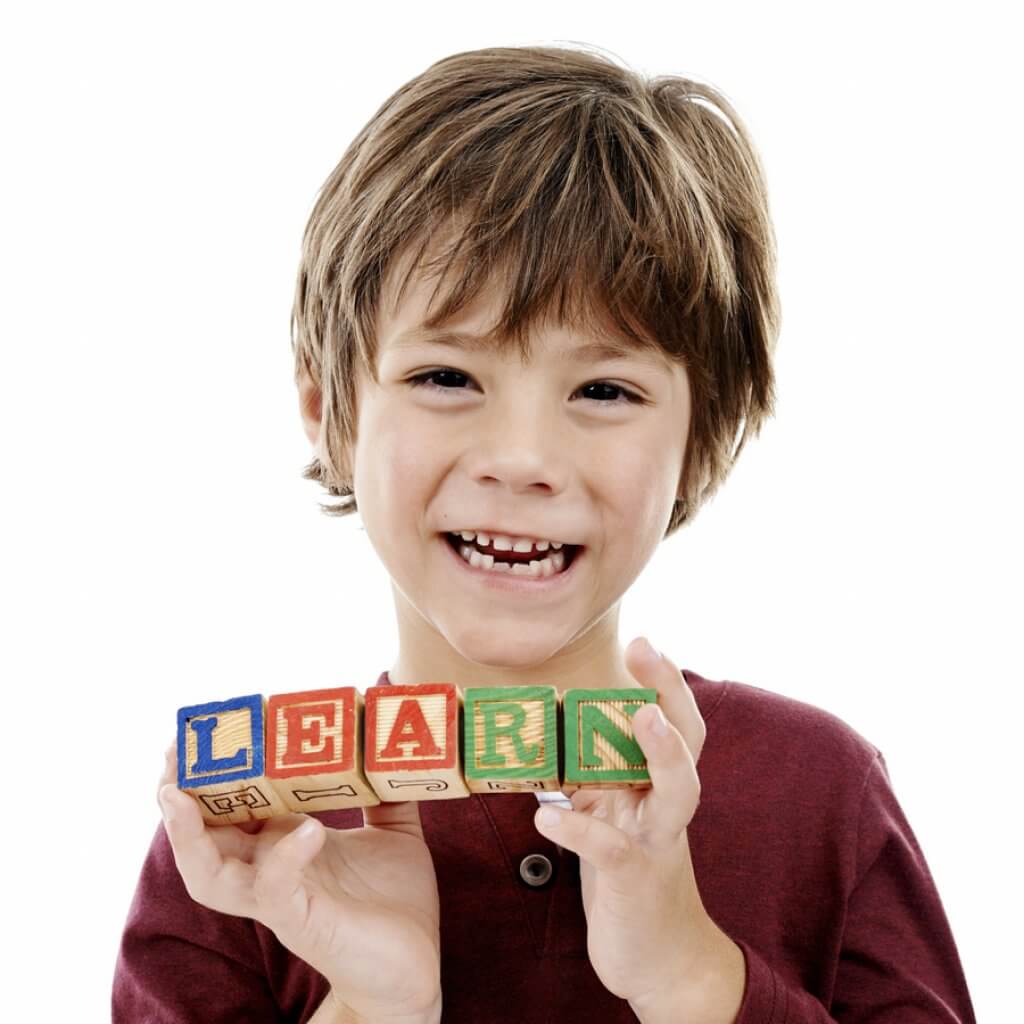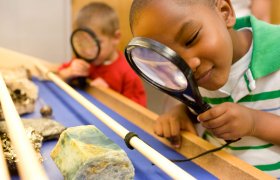Kids Learn Better When They Use the Teach-Back Method?

Anyone who has struggled with math and/or science knows that there are certain facts and equations that stick, and certain ones that just don’t. Whereas history and english can be memorized and learned quicker, math and science both involve a level of understanding that requires us to teach a basic lesson the results in the follow through being up to the student.
Children often struggle with these subjects the most because of that, there is little to study and memorize when learning how to multiply, divide, figure out speed and volumes.
We can easily give kids the equations they must use to figure out the problem, but it is in the actual solving where they run into difficulty. It’s because of this fact that more often than not, a child will learn quicker and easier by being taught — and then teaching what they’ve learned back.
The Argument for the Teach-Back Method
There are countless ways to teach kids both math and science. Some that have proven useful, others, not so much. The reasoning for why the teach-back method is prevailing so well and showing greater educational results, is because it caters to kids of any learning speed, curve, age, and circumstance.
By initially teaching a child the basics, and asking what they have learned in return, they are forced to not only pay attention but to explain in detail what they have heard.
Interaction is key and is immensely important as a child moves through the grades and may get lost in the shuffle, so to speak.
Being interactive and not only just asking them to retain information, but to recall and speak it out loud, cements the learning not only in their minds but helps them to understand it as they speak it.
Methods of the Teach-Back Method: Basic Questions

The most basic way to use the teach-back method is by asking questions about what your student has learned. After explaining something, such as a mathematical equation — we’ll use the example of long division — asking questions such as, “how would you start off this math problem?” or “when you get to step two, how do you bring down numbers?” will refresh the course of action it takes to actually solve the problem.
This is a very basic way of immediately refreshing what they’ve just learned while helping walk them through the problem on their own terms, at their own individual pace. Teaching back this way also allows them to ask questions, as they are not walking through the problem on their own — but rather answering questions about their work and what they have learned.
Methods of the Teach-Back Method: Explain It In Sections
While it may be simple enough to explain math equations and ask questions throughout the procedure, science may be a bit more complicated. Let’s use the example of the Scientific Method. Since there are four steps, there are ideally four different chances to have your child teach back.
The first step is formulating a hypothesis; after teaching the explanation of what a hypothesis is and how to formulate one, in order to have your child teach back, ask them how they would go about doing this. Getting them to engage and use critical thinking to answer your question based on what you just taught them is key.
By breaking things like scientific processes down into multiple steps and explanations, and then having them explain each step immediately, they are able to absorb information before moving onto the next step.
After going through the rest of the four steps, at the very end, have your child literally teach them back to you. By this point, they should be able to at least recall the steps, and from that point, narrow down which ones they need to spend more time learning about.
This is a simple way to break down science and make sure that you’re child keeps up with the curriculum offered, while also improving their memory skills by having them recall all things learned at the end of each topic.
Methods of the Teach-Back Method: Explain It, Then Pass the Teaching Torch

The last main method of teaching back is the closest to a traditional teaching method. It may be overwhelming for some students, but is beneficial in helping them figure out where they struggle and where they excel.
The key here is to go through the full lesson plan, and at the very end, ask your student to explain fully what they’ve learned from it. This ensures that they’ve paid attention from the start, and if they are missing any key pieces from the lesson, that’s when you are able to fill them in — as well as switch to another method of teaching back in order to keep them from struggling further.
This method works for math as well as science, as long as lesson are not too long and and overload of information is not thrown at students. Explaining a lesson in full and having students recall it at the end and “teach it back” is one that they will continuously see throughout middle school, high school, and even in the college classroom.
It’s quicker paced, but helps students to absorb a lot of information at once and is dually useful for lessons that have longer explanations and/or multiple key components to one lesson.
Why Does It Work?

The science behind teaching back is simpler than it seems. We learn best when we ourselves are able to relate to, and personally recall, the material that we are learning. This works the very same in children. Teaching is meta-cognitive, which means that simply put, teachers are not only aware of their students learning, pace, and troubles, but are aware of their own actions and how they reflect in the students being taught by them. By teaching back, you allow not only the control of your own teaching actions, but allow proper time needed to gauge your child and/or students as well.
Basically, you are aware of the brains on both the educating end as well as the learning end, and by swapping those positions, are able to have a full understanding of both.
This puts the teach-back method in high successful rankings as a teaching method, with a positive history for propelling students forward as opposed to other traditional methods with little to no interaction.
Teaching back is an extremely flexible method also used in group teaching. Whether students are paired up or in a group of five or more, they may use this method themselves to teach to their fellow classmates. The flexibility and options are endless, as students can also teach back to not only their teachers, but their class as well.
There’s always that one time everyone recalls in elementary school where you had the chance to be “teacher for the day”, and while most of us just liked being able to draw on the board, there was a real science happening behind why that method helped us to learn.
Aside from needing to know the material well enough to teach it to someone else, this method also instills within a child either the confidence they need to do so, or pushes them to gain the confidence to ask questions.
Ending Thoughts
Every child is unique and different. The brain is an amazing part of the body and can accomplish tremendous feats, but just like any other body part, it must be worked hard and practiced.
By teaching back, you are showing your child that it’s okay to interact and ask questions, while also helping them to take themselves through the motions rather than wait on third, fourth, even fifth explanations of the same thing.
At a pre-teen age, this can be especially important as distractions grow and kids are expected to learn and handle larger amounts of information.





